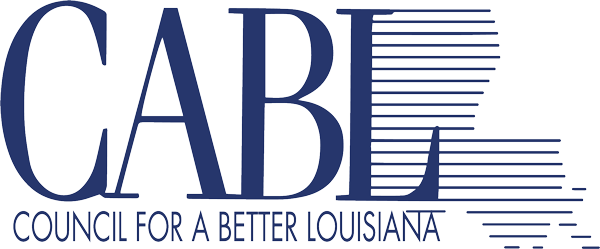
The governor has outlined his plan for spending the first half of a $3.2 billion windfall that will be coming to the state through the federal American Rescue Plan. Recently, members of the House of Representatives have offered up their ideas, too. No final decisions have been made, but there is one notion that continues to hover over the whole discussion – this is one of those things we have to get right.
The money is coming to the state in two payments of $1.6 billion with the first arriving later this month. The governor’s plan is to target the dollars to a handful of major items including the state’s depleted Unemployment Trust Fund, infrastructure, investing in outdated local water and sewerage systems, tourism promotion, and ports.
Generally, lawmakers agree about the trust fund, ports, and the local water systems, but there are also efforts to take smaller chunks of the funds and spread them across a wide range of sometimes very specialized interests.
That’s not unusual. Different people have different ideas about how to spend money and when there’s a lot available, everyone has their hand out. But this pot of money is vastly different from what lawmakers usually have, and there are a couple of things we would urge our leaders to keep in mind.
One is that this probably represents a once-in-a-generation opportunity to take a huge windfall of money and do something truly forward-looking with it. Dealing with the Unemployment Trust Fund issue and jumpstarting key sectors of the economy don’t really do that, but they help address major problems caused directly by the pandemic and that’s worthwhile.
Beyond that, though, our leaders need to think large. The question should be, ten years from now when we look back at the billions of dollars we received, how did we use them to make a difference? If we spent the money in bits and pieces or to solve myriad short-term problems that we won’t even remember in a decade, we won’t have a very good answer to that question.
We should also be talking more about coordinating and leveraging. The state may be getting $3.2 billion, but local governments and school boards are getting billions more. Certainly, they all have individual needs, but there should be a mechanism to bring all of the branches of government together to explore ways to leverage these resources for the greatest possible impact.
And, finally, there’s one other thing that isn’t discussed much in state government, and that’s vision. What is the ultimate goal for spending these dollars? How is it going to make the state better, or stronger, or more resilient for the future?
We all need to be raising those questions and pressing our leaders to provide some meaningful answers.
